
From the outside, the Tai Chi Chuan can seem like a beautiful dance. Nothing could be further from the truth. The gentle movements represent a form of meditation and inner work of the vital energy. Techniques that have been polished for hundreds of years. Going beyond the field of martial arts, to delve into the development of an iron health.
The or tai chi Chuan means "last fist", and began to be known in China as a martial art, successively taking territory until it was practiced by thousands of people around the world. Since then,this practice is representative of Chinese culture. It canal so be called .
Tai chi is known all over the world but mainly in the People's Republic of China. Each year more and more people join in the realization of this practice with the purpose of regulating and controlling the internal energy, in order to live really happy and peaceful lives.
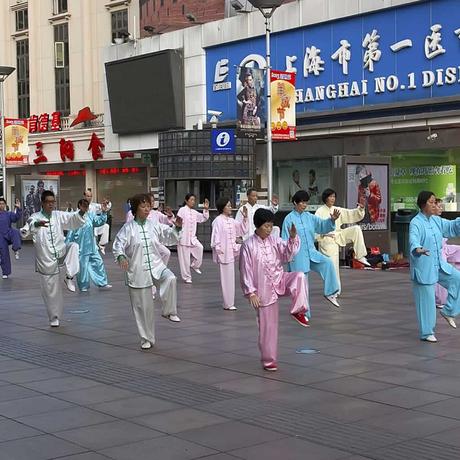
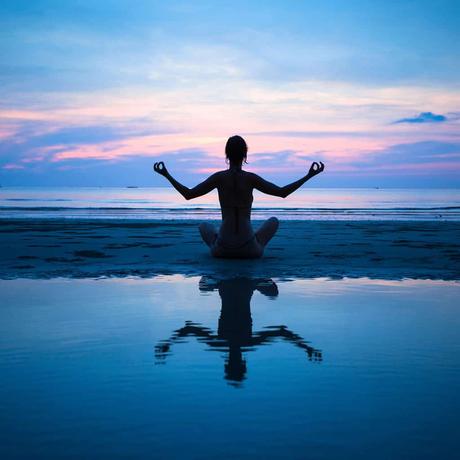
In this post you will find
Tai Chi and Chi
Chi or vital energy is something that every living being has. For its clear perception it is necessary to do previous work that usually lasts weeks. It takes decades to master it. Their possibilities are impressive, and above all, the improvement of nature and communication with nature. Tai Chi is probably the best way to equip oneself with a good state of health for the practice of Chi, and to sensitize and mediate in movement with this vital energy to which Western society has turned its back.
Tai chi is based on the balance and improvement of Chi, to bring the body towards a state of health. It reduces the use of force to execute exercise, and also reduces the risk of injury, while maximizing the benefits of conscious movement and healthy living.
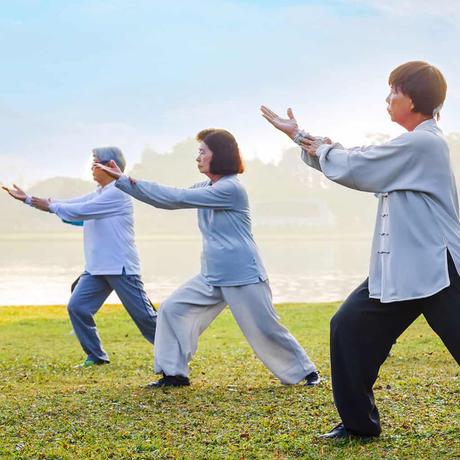
Once inside the organism, Chi moves through the whole body and puts into practice different functions. The main one of all of them is based on achieving the continuous good functioning of the organism.
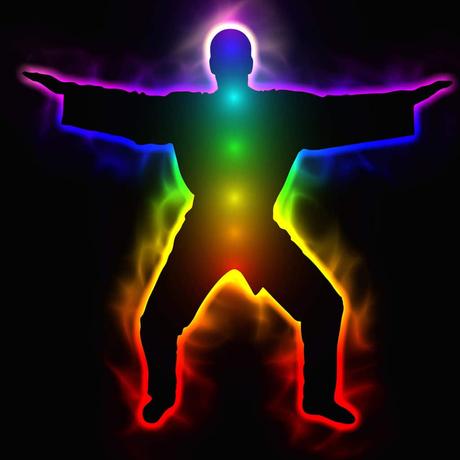
History of Tai Chi
China was in the middle of the Song dynasty. Its emperor, Hui Zong was apparently doing things well in terms of sophistication and social organization. Society could enjoy various social clubs in cities, temples, schools, and entertainment centers, which gave the people (even the lowest class) the opportunity to expand their knowledge. It was a time of much culture and expansion of horizons.
The realm of religion had a very transcendental effect on people's lives, their beliefs were involved in each of their daily activities. There were many deities related to Taoism and Buddhism. Society especially respected ancestral spirits, and spirituality in China has always been part of their folklore.
However, something was needed. For some people, certain deities were not enough to achieve peace and balance; for our inner strength can only really be dominated by ourselves.
And it is in this part of history that the honest Zhang San Feng appears. A mystic monk with a mysterious life, teacher and philosopher almost 2 meters high, shaped like a turtle, with a crane-looking back, and giant ears. History reminds him walking the mountains of China in a single tunic.
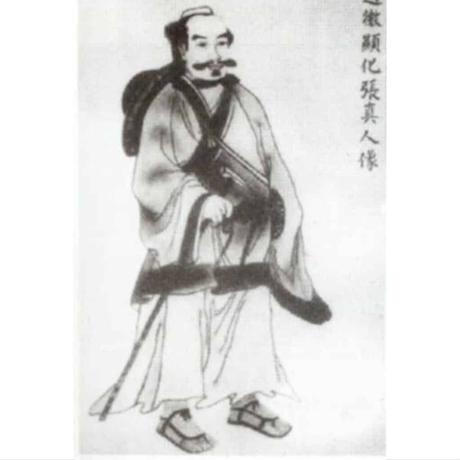
Together with two friends of his, who were specialists in acupuncture, he devoted himself to studying the effects and reactions of the body through the use of acupuncture in an unconventional way.They were even able to detect that if the procedure was performed incorrectly, it could generate a contradictory effect.
Zhang was always looking for scientific approach in his practices, and this allowed him to become wiser and wiser. However, it is at this point in history that his life becomes a little diffuse, since his most important attribution is still of dispersed origin...
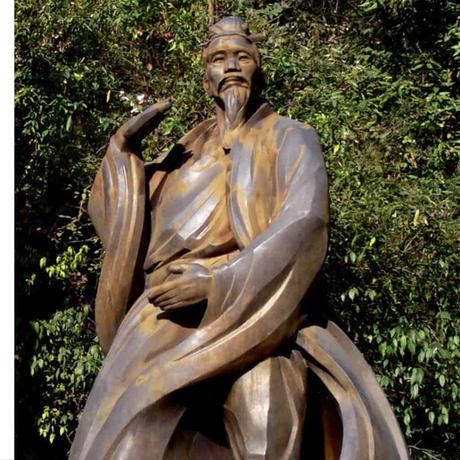
The best-known story is as follows :
It is said that one night, while Zhan San Feng was sleeping, he had a very strange dream. San Feng saw a snake and a crane fighting to the death over the Wu-DANG mountains.
The dream may have been more of a revelation, for when the monk saw the scene, he immediately had the idea that his own fighting style, for which he had worked night after night, had to combine the characteristics of several animals. It occurred to him to carry out a style of fight that combined the characteristics of several animals. Based on these movements, as strong as elegant, the monk began to develop similar forms with his body.
More than a martial art, Zhang came across what would be one of the most important internal connection practices in the world. Allowing millions of people to restore their lives and balance.
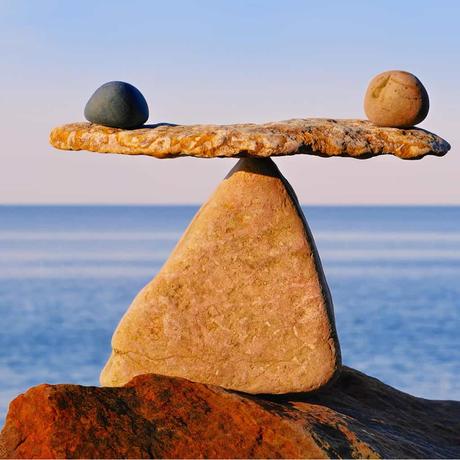
It arises from the search for a question about the true meaning of life. The greatest discoveries in history are born of concerns. From doubts a man creates different theories and concepts that allow him to collect clues to reach a truth. The origin of Tai Chi is found from this principle of calming and restlessness. Even most people who start their Tai Chi practice do so out of a concern to find control of themselves or because they feel they have lost their way.
Some records indicate that the techniques of Zhang San Feng already existed and he was able to learn them from Daoist Feng, Yi-yuan.
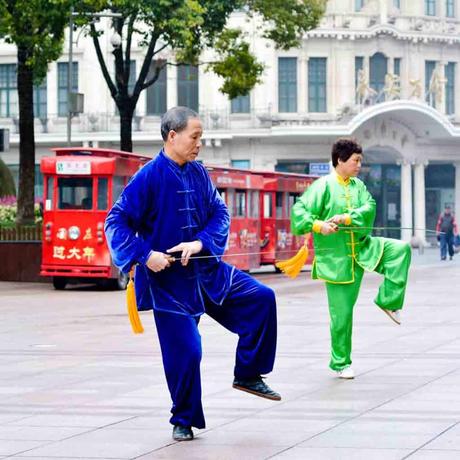
The reality is that probably we will never know. Meanwhile, the merit will be paid to San Feng. They say that when the river sounds, it is because it brings stones. And so far the magical story of this revelation is the best known.
Tai Chi Practice
When you approach the highest levels of tai chi meditation you discover that your physical body does not seem to exist: you feel that you are a ball of energy, part of the natural world and inseparable from it.
"The whole body transparent and empty."
"Forget your environment and be natural."
Once you are transparent, you will easily forget your surroundings and your energy flow will be smooth and natural.
"Clear fountain, peaceful water."
In tai chi, energy can be strong and continuous like a turbulent river or stormy ocean.

The first step in learning tai chi chuan is to understand the theory and fundamental principles through discussion with your teacher, reading available books, studying with classmates, and then reflecting on your own.
You should ask yourself: How does tai chi chuan benefit the body and improve health? How can taijiquan be used for martial purposes? Once you have answers to these questions, you should have an image of the art and an idea of where it is going. The next question that should arise should be:
How could I train relaxation, calm and concentration? This takes you to the second step of training. Generally, if you have the right methods and concepts, you can train your mind to be calm and physically relax in no time.
Maintaining this meditative attitude is very important to begin training.
The next step is to train the breath. Breathing should be deep, natural and long. If you only practice tai chi for health, you can use Buddhist or normal abdominal breathing. After you have trained your breathing correctly, you should begin to feel the chi in your abdomen. This will lead to the fourth step: generating and experiencing chi.
First you must develop a small circulation, which moves chi up the spine and down the center of the front of the body.
Tai Chi Chuan: Yang Style
The Yang style is the most popular of all and is also born from a rather casual story...
One night, the boy was awakened with noises that sounded like "Hen" and "Ha" in the distance. He got up and traced the sound back to an old building, then saw his master Chen, Chang-xing teaching the techniques of grip, control and jin emission in coordination with the sounds "Hen" and "Ha".
He was so amazed at the techniques that from that moment on, he continued to watch this secret practice session every night. When he finished, he returned to his room to reflect and study . Thanks to this, his martial ability advanced rapidly. One day, Chen ordered him to train with the other disciples, but to his surprise, none of the other students could defeat him. Chen realized that Yang had great potential, and after that showed him his secrets. When he finished, he returned to his hometown and taught chi chuan for a while. His movements were so skillful and effective against the opponents that people began calling his style of battle the " Yang Style. " Although he had many fights, he never hurt anyone. His art was so high that no one could defeat him and thus this recognized style of combat was born.
It is important but not so well known, is usually practiced only in China and originated with Wu Yuxiang(1812-1880). Yuxiang took his knowledge and modified the forms to a small structure sequence and then founded his own style.
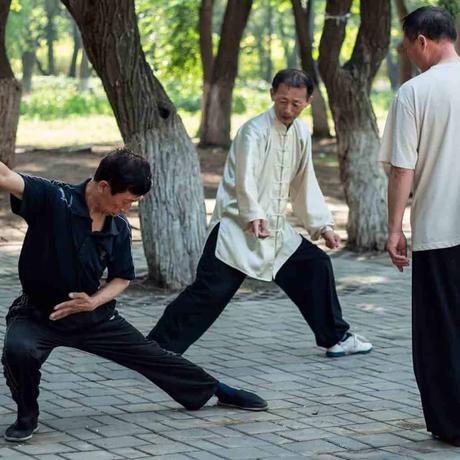
How to learn Tai Chi
Tai Chi is not just any sport that can be practiced, it is a way of life, of acquiring a new perception of the world. While it is true that practicing tai chi requires a mature decision, it is also very important to have the necessary attitude to achieve it.
It's not easy at all, most people sooner or later leave the activity because they realize that it's not really what they wanted or because they were frustrated that they didn't get what they were hoping for. The end result of a committed practice of tai chi will always be pleasant, if you have not reached that point is because you need more study, there is no predetermined time, and that is what many of its practitioners fail to understand and therefore give up.
Forms are made up of several frames, steps, or figures whose sequence is predefined. These techniques have different names that express the martial application of the movement e.g. " right heel kick", that describe the character of the movement e.g. " simple whip" or that have a poetic reading e.g. " The white crane spreads its wings ".
There are some forms that are named according to the number of postures or movements, such as the Form of 24 movements.
What is the attitude to learn this discipline?
Each path is completely different from the other's, even if you have these two qualities. If a person has all these virtues, his path will easily have other difficulties, so it is not advisable to be guided by other people's experiences. A person who practices and then reflects on every new thing he or she has learned and continues to investigate, will naturally be better than the person who never explores what he or she has learned.
As we mentioned, this is a long trip and with many obstacles that must be overcome, before taking each step is necessary to understand the previous one. It takes many years of learning, research, reflection and practice to gradually understand the key and "enter the temple".

There is still an old list of 5 mental cues that a tai chi student needs if he really hopes to move the process forward:
- 1. Study in depth .
- 2. Investigate and ask
- 3. Meditate carefully
- 4. Discriminate clearly
- 5. To work perseveringly .
Part of the study of tai chi includes understanding a little more of each of these recommendations, which no matter how simple they seem, are really very important and not so easy to achieve.
In addition to the previous learning attitude, an excellent teacher is also a transcendental element in learning the art of tai chi.
A disciple should be more concerned with spending three years in search of a highly qualified teacher than with spending three years learning from one who is not.
The word master is simply gigantic, meaning guide and superior knowledge. In the practice of tai chi the master is an indispensable element, because it will depend on him that the process is easier or more complicated. "the master is who can guide you to the door by the shortest possible path and help you avoid wasting your time and energy."
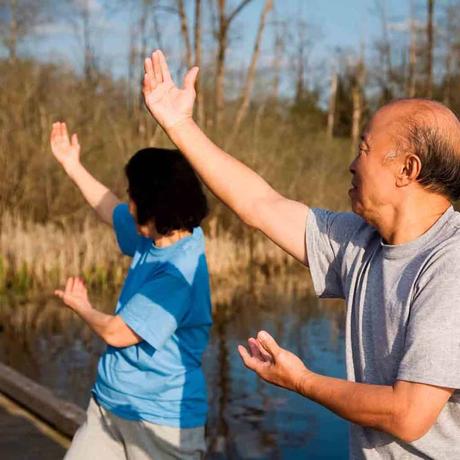
The good teachers will always be in charge of creating the best disciples, the teachers point the way without saying exactly what to do. However, a good teacher must also correct the disciple if the situation warrants it. The energy and time of the teacher are very important, so he will only correct if he believes it is worth investing time and energy to do so.
The student
The learning of tai chi can last approximately 20 years, the first 3 years to acquire the learning of forms and then you will have to work and train very hard to manage your breath and so on.
Most tai chi students change their attitude as the process continues, some become stronger and more dedicated, while others students become fragile and disinterested, no matter how motivated they started this journey.
The study of tai chi is done through gradual stages
Body regulation (Tiao Shen)
In addition to learning to make the movements with precision, physical relaxation is important. To obtain a deep level of relaxation, the mind must first be relaxed, the balance of the body must be felt and its physical and mental centers must be maintained. To achieve this goal, you must practice until your legs and torso have been strengthened and reaffirmed. Once you have reached the relaxation goal, the most basic condition for your health will be reached. Blood and qi circulation can flow smoothly in a relaxed body. This will cause cell replacement in the body to occur correctly. Maintaining cell replacement in the body is the key to health and longevity.
Regulation of breathing (Tiao Xi)
Regulation of the mind (Tiao Xin)
The mind is the main commander in the battle of body and disease. Therefore, mental disorder generates the loss of the body's battle. Chinese culture is considered to have two distinct aspects of the mind. The first is the yi, or wisdom mind which is responsible for intellect and higher mental functions. The second aspect of the mind is the xin, or emotional mind that encompasses all emotional states and passions. It is the creator of desire and aggression, from there all the emotions that are manifested begin. If not properly regulated by the mind of wisdom, it will lead to self-destruction. Regulating the mind means learning to calm the emotional mind and strengthen the wise mind. The aim of regulating the mind is to lead it to a profoundly deep, peaceful and harmonious state.
Regulation of Qi (Tiao Qi)
A calm mind, a relaxed body and correct breathing can bring chi to any part of the body. For a tai chi artist, the first step is to carry the qi to the extremities to energize the muscles for defensive purposes. The result of this is the production of a strong internal power called jin. For a person who is training only for health, the mind can be used to circulate the qi in the body through the practice of Small Circulation (Xiao Zhou Tian) and Large Circulation (Da Zhou Tian) meditation.
If you are thinking about including this practice in your lifestyle and you have fallen in love with it, you must be aware that sometimes your brain will say enough is enough, but your heart will have to remember why you started the journey.
A student who practices, reflects, humbly asks questions, and investigates on his own will naturally be a good successor to the practice. The personal interest that exists for the topic will be the main feature that will allow growth to be generated with the passing of the years. Typically, a teacher needs three years to look through a student's personality and know if they are likely to persevere in their studies and maintain a good moral character.
This story is an invitation, the word you need to take control of your life and your energies. Are you ready?Originally Post "Tai Chi Chuan: la verdadera historia milenaria″
Translated by Oscar Moreno
